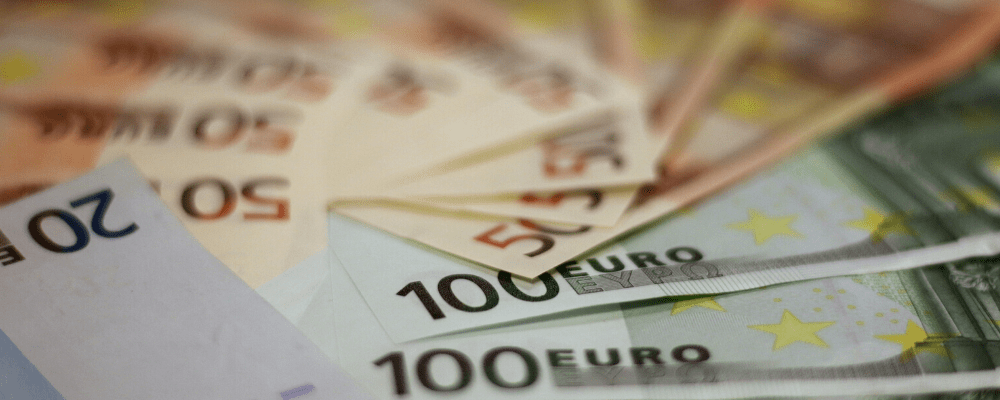Cum-ex scandal, cum-ex trades, robbery of the century – the saga has many names. But what exactly happened?
Cum-Ex Scandal
If somebody offered you a way to claim your franking credits twice, would you do it? You might hesitate, but many European banks didn’t.
In the cum-ex scandal, various European banks organised double refunds for tax that had been paid on dividends. This involved rapidly trading stocks, first with and then without dividends.
In this episode, Bob Deutsch, Senior Tax Counsel of The Tax Institute, shares his thoughts about the cum-ex scandal with you. Here is what we learned but please listen in since Bob explains this much better than we do.
To listen while you drive, walk or work, just access the episode through a free podcast app on your mobile phone.
Cum-Ex Trades
Cum-ex is a Latin term and means with-without. Cum means trading a stock with a dividend attached. Ex means trading a stock without a dividend attached.
Three things are key for a cum-ex trade to work. Loans, timing and speed.
Loans
It starts with a loan that looks very much like a short sell. In a short sell you borrow stock and sell it. But then you buy it back and return it to the original owner. If the stock’s value falls during this time, you make a profit. If it rises, you make a loss. In addition you pay a fee for the privilege of borrowing the stock. A common and perfectly legal practice.
This is also what happened in the cum-ex scandal – sort of. The original owner – usually an asset manager – temporarily lends shares – for a fee of course – to a European bank who then onsells the shares with dividend fractionally before the record date to another European bank, but actually delivers them without dividend just after.
Timing
The key is that all this happens just before and after record date. The shares “disappear” fractionally before the record date and “reappear” with a new owner just after.
Speed
Speed is important in all this. Rapidly transferring shares before and after the dividend record date makes it very hard for any tax authority to know exactly who did or didn’t own the stock on record date – the asset manager, the first or the second European bank.
Result
And so two parties simultaneously – the original owner and the second bank – claim ownership of the one stock and claim a tax refund. And the relevant tax authority pays, not realising that they are paying double. The colluding parties then share the spoils.
Banks
Bank of America, Morgan Stanley, Deutsche Bank and Santander Bank all play a big role in the scandal. But most relevant to us in Australia is the involvement of Macquarie Bank.
Macquarie Bank has issued an apology and also fully cooperates with investigators in the case. But at this stage the case is still proceeding in Germany against Macquarie Bank. Macquarie Bank have made a provision in their accounts to allow for any adverse finding, expected in the middle of 2020. After that they might appeal or settle.
Countries
If you look at a map of countries involved it is basically all of Europe. The only countries who seem to have kept a relatively clean nose are Portugal, Sweden, England, Ireland and Greece.
The rest of Europe were all involved. Germany with over 30 billion Euro as the ringleader, France with 17 billion Euro, Spain, Italy, the Netherlands, Denmark, Belgium, Austria, Finland, Norway and Switzerland all took part one way or another.
Australia
Could the cum-ex scandal have happened in Australia? Less likely thanks to Part IVA. Part IVA basically says that if the sole or dominant purpose of a scheme is to achieve a tax benefit, the Commissioner can effectively reverse the tax benefit. Claiming two franking credits would be such a tax benefit.
MORE
Excess Concessional Contributions
Disclaimer: Tax Talks does not provide financial or tax advice. All information on Tax Talks is of a general nature only and might no longer be up to date or correct. You should seek professional accredited tax and financial advice when considering whether the information is suitable to your or your client’s circumstances.
